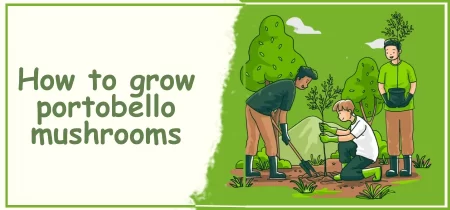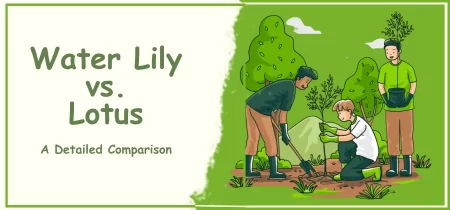Have you ever wondered what the different garden hose thread sizes are? Well, wonder no more! This blog post will tell you all about them.
We’ll also give you a few tips on how to pick the right one for your needs. So, whether you’re a beginner gardener or an experienced pro, read on for some valuable information.
What is the standard size for a garden hose fitting?
There is no “standard” size for a garden hose fitting. The diameter of the fitting will depend on the specific application and the type of hose being used. In general, however, most garden hoses have fittings that are between 3/4 and 1 inch in diameter.
Is Garden Hose Size Inside Or Outside Diameter?
The size of a garden hose is usually described in terms of its inside diameter. This is the measurement of the opening that the water flows through when the hose is turned on. Garden hoses typically range in size from 3/8 inch to 1 inch in diameter.
How To Measure A Garden Hose Fitting?
To measure a garden hose fitting, you will need to know the inside diameter of the hose. This is the measurement of the opening that the water flows through.
Garden hoses typically range in size from 3/8 inch to 1 inch in diameter. To measure the inside diameter of a garden hose, simply insert a ruler or measuring tape into the hose until it reaches the opposite side. The number that lines up with the edge of the hose is the inside diameter.
What Is The Circumference Of A Garden Hose?
The circumference of a garden hose is the distance around the outside of the hose. To calculate the circumference, you will need to know the outside diameter of the hose.
Garden hoses typically range in size from 3/4 inch to 1 inch in diameter. To calculate the circumference, simply multiply the outside diameter by 3.14 (pi).
What Is The Difference Between A Garden Hose And A Water Hose?
A garden hose is a type of water hose that is specifically designed for use in gardens and other outdoor areas. Garden hoses are usually made from durable materials such as rubber or PVC, and they typically have fittings that are sized for standard garden hose connections.
Water hoses, on the other hand, are not necessarily designed for use in gardens. Water hoses come in a variety of sizes and can be made from a variety of materials, depending on their intended use.
For example, some water hoses are made from flexible plastic or rubber, while others are made from more rigid materials such as metal or PVC.
Water hoses are typically used for watering plants, washing cars, or other general applications where a garden hose would not be suitable.
Does Garden Hose Size Matter?
Yes, garden hose size does matter. The diameter of the hose will determine the amount of water that can flow through it.
In general, a larger diameter hose will be able to carry more water than a smaller diameter hose. Garden hoses typically range in size from 3/8 inch to 1 inch in diameter.
What is the best material for a fitting?
There is no one “best” material for a garden hose fitting. The type of material that you choose should be based on the specific application and the type of hose that you are using.
In general, however, most garden hoses have fittings that are made from plastic or metal.
How To Clean A Garden Hose Thread Write in steps ?
Cleaning a garden hose thread is a simple process that can be done using a few basic tools. First, use a wire brush to remove any dirt or debris from the threads.
Next, use a cloth or paper towel to wipe away any remaining residue. Finally, use a garden hose thread sealant to prevent leaks.
- Use a wire brush to remove any dirt or debris from the threads.
- Use a cloth or paper towel to wipe away any remaining residue.
- Use a garden hose thread sealant to prevent leaks.
Conclusion
Garden hose fittings are not all created equal. It is important to get the right size fitting for your garden hose in order to avoid leaks and have a proper water flow.
We hope our guide has helped you determine the best way to measure your garden hose fittings and find the perfect replacement part. If you have any questions, feel free to reach out to us for help!




Leave a Reply